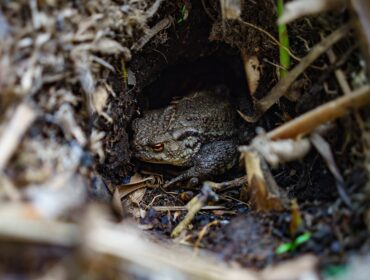The only mammals with the ability to fly while using an incredible form of echolocation to maneuver their way through the night skies, bats are the second largest order of mammals behind rodents. Far from being the fearsome vampire-morphing monsters of folklore, these winged creatures are extremely beneficial, feasting mainly on insects. Highly adaptable, bats are found from sea to shining sea in our nation. Let’s check out five of these interesting species of the US.
1. Western Pipistrelle
Found in the western United States, the canyon bat, or western pipistrelle, is the smallest species of the US with a wingspan of only 200 millimeters. They are usually the first bat out in the evening and the last to find shelter. Unlike their relatives, canyon bats prefer resting in rock crevices as opposed to caves and prefer elevations of under 5,000 feet.
2. Western Mastiff Bat
Another species common to the western United States, the western mastiff bat is the largest bat native to North America. Because of its immense wingspan, it needs at least 3 meters of open space underneath it in order to take off. Its echolocationary squeaks have been recorded at distances of over 300 meters away.
3. Pallid Bat
The pallid bat is found as far north as Canada and as far south as central Mexico. They have some of the largest eyes of any bat species of the US and feed on crickets and scorpions, eating up to half their weight every night. One of their most unique features is their ability to change their internal temperature for hibernation and rest.
4. Ghost-Faced Bat
A local of Texas, the ghost-faced bat is so named due to its unusual face containing odd skin flaps, a poorly developed nose, and large ears that join across its forehead. They naturally have a body temperature higher than an average bat’s and are extremely sensitive to colder weather.
5. Vampire Bat
The common vampire bat is one of only three species of vampire bat and feeds on the blood of livestock. Interestingly enough, these are some of the most social bats and adult males often have harems of females. If a bat is unsuccessful at finding food, another will share blood with it.
Photo from rigel/Unsplash




